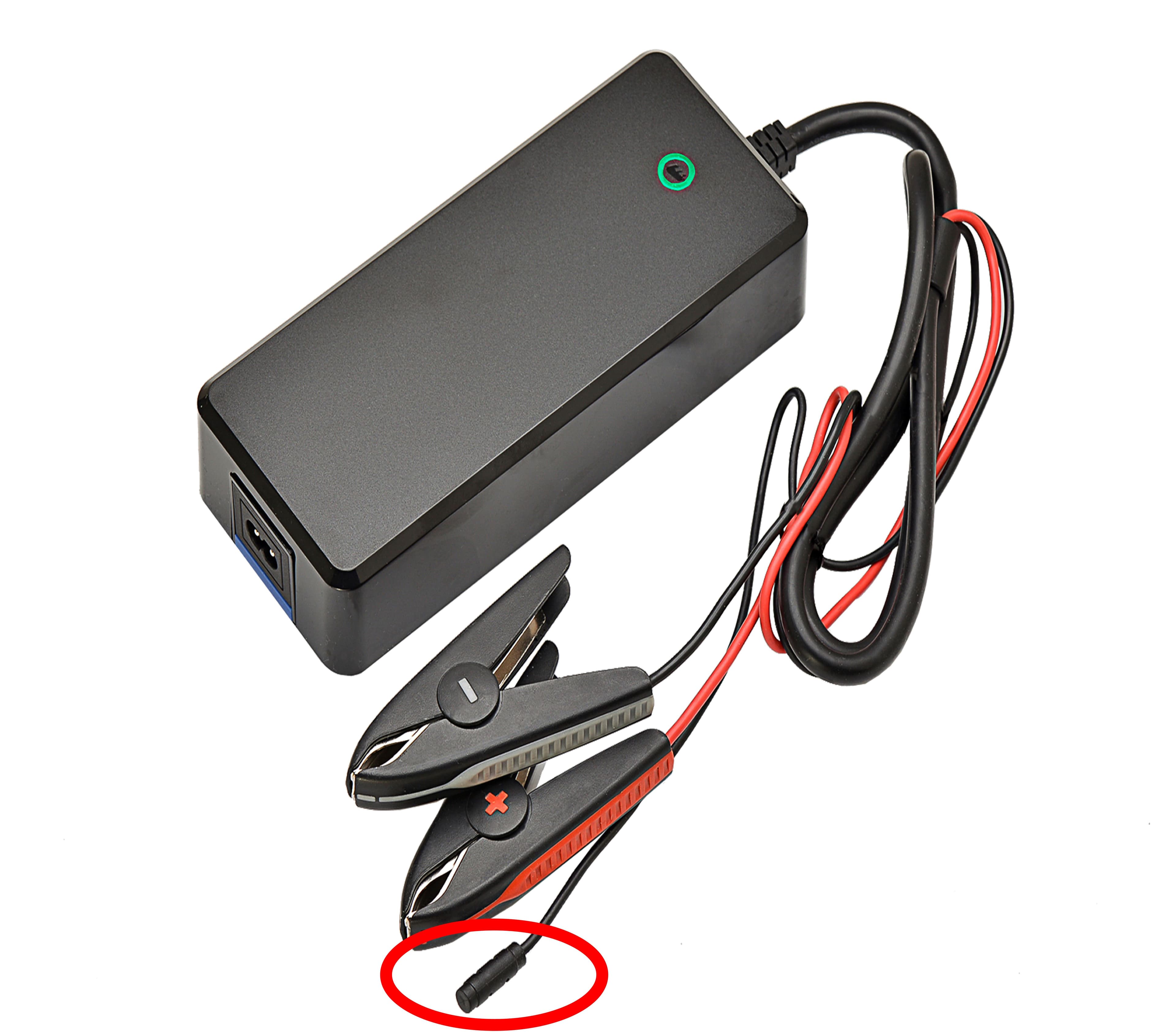Understanding Temperature Derating in Power Supplies

Temperature derating refers to the controlled reduction in available output power as ambient temperature rises. Higher temperatures increase thermal stress on internal components, which can reduce reliability, shorten operating life, or in some cases, cause shutdown. To prevent this, high-quality power systems automatically reduce output current above certain thresholds. As temperatures reach 40°C, Mascot chargers with temperature sensor will reduce output to protect internal components and maintain long-term reliability. The actual compensation specifications are available on Mascot websote in the technical specifications (PDF) of each model offering temp. compensation.
Without proper derating, a power supply operating in elevated temperatures may overheat or fail prematurely. In critical applications such as medical devices or industrial control systems this is an unacceptable risk, and therefore reviewing the derating characteristics of a power solution at the design stage is essential.
Our power supplies and chargers are engineered with built-in thermal management and are tested to operate reliably across a wide temperature range. Automatic derating safeguards performance and ensures compliance with key standards, even in thermally constrained environments.